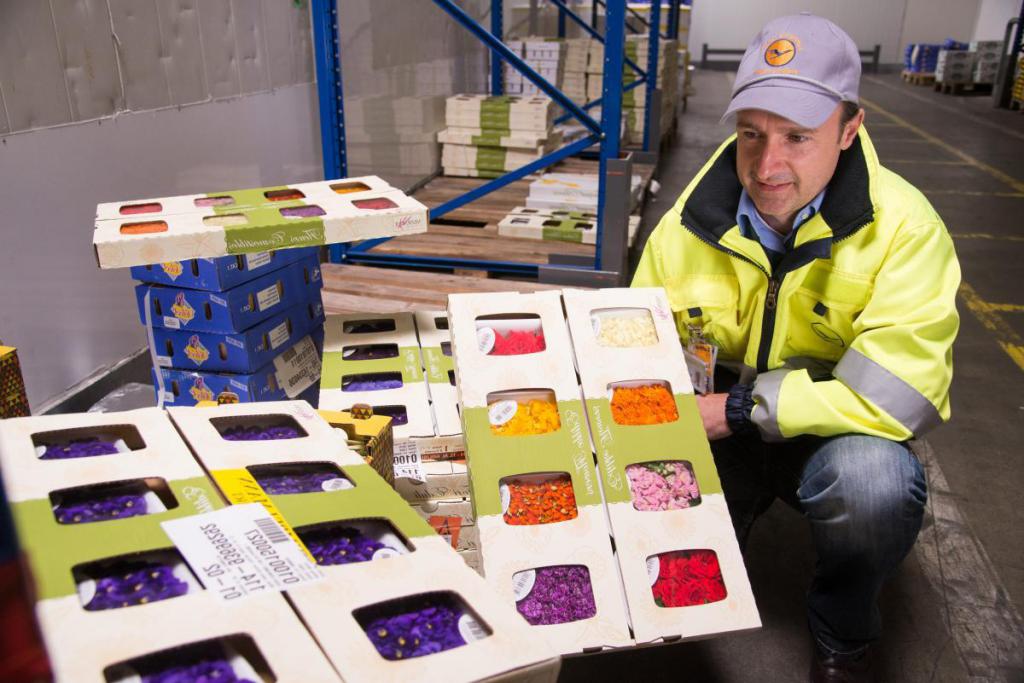Transportation of goods over long distances requires a professional approach, responsible organization and strict adherence to transportation rules. This is especially true for perishable products, for which special transportation conditions are provided. In addition to the legal formal aspects of this event, there is a clear list of rules governing the practical side of the organization of the process. Modern transportation of perishable goods should be carried out taking into account indirect factors, which include the characteristics of the target object, the specifics of the means of transportation, climatic region, external conditions, etc.
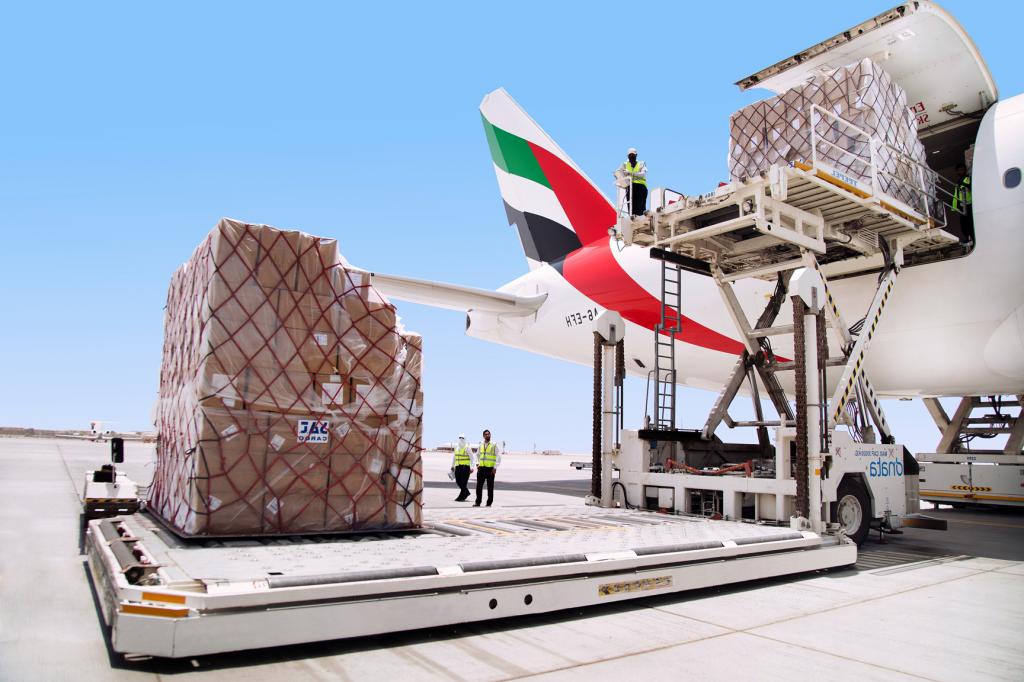
Key regulatory documents
Direct control over compliance with the rules of cargo transportation is carried out by Rostransnadzor. This authority, in particular, is governed by an agreement on the transport of perishable goods. It was signed in 1976 in Geneva. Decree of the Government of the Russian Federation N272 of 2011 determined that this document is the main source of requirements for the regulation of the rules of transportation of perishable products. It is important to note that the agreement applies not only to the international, but also to the internal organization of cargo transportation.
The rules cover the nuances associated with the technical side of the provision of transportation, food conditions, determine the parameters of microclimatic indicators, etc. A separate order was approved on the procedure for issuing certificates to companies operating under an agreement on the international transport of perishable goods and using special means such as refrigerators. Compliance control with respect to domestic routes is carried out during scheduled and unscheduled inspections, as well as during raid events.
What cargo can be classified as perishable?
The main segment of the materials and products of this group are food products. First of all, these are vegetables and fruits (not counting pineapples and bananas), which can maintain optimal consumer qualities when traveling from 3 to 8 hours. Moreover, this applies only to being in non-specialized rolling stock. Root crops and greens are included in the same category. The rules for the transport of perishable goods and on the carcasses of cattle apply. In the process of preparing for transportation activities, they are cut into longitudinal parts with the formation of half carcasses and quarters. Pork carcasses are cut into half carcasses or transported intact, but without heads. In each case, the meat parts must be cleaned from bruising, bruising and contamination. All entrails with the gastrointestinal tract and foreign substances are removed.
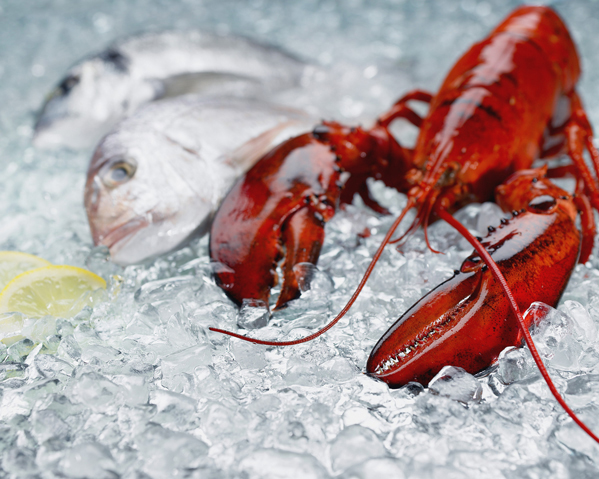
One of the most demanding products is fish, which is transported in special barrels and crates. At the bottom of the container, a substrate of ice cubes should be arranged. But this group also provides for different transportation requirements, depending on the type of fish and its current condition. For example, salmon or sturgeon are pre-packed only in boxes with briquettes, and sardines and herring are transported in barrels or tin cans with a filling based on pickled spicy salting.
Of course, not only food products are transported. The rules for the transportation of perishable goods also cover living vegetation - flowers, fruits, seeds, tubers, etc.The special conditions for organizing transportation include ensuring the physical safety of the cargo and supporting optimal microclimatic parameters.
General requirements for the transport process
By the time of departure, the carrier must have lists with the contents of the goods, their data, characteristics and certification documents. Depending on the properties of the transported materials and products, additional technical means may be used. For example, the organization of transportation of perishable goods often involves the inclusion in the composition of thermos tanks, refrigeration units, freezers, isothermal containers and compartments with the support of a particular technological processing method.
All vehicles that are used for serving food and food cargo must first be inspected. The carrier also receives a sanitary passport from the Sanitary Inspection. The survey process with the issuance of permits takes place directly with the participation of the owner of the cargo, and the shipper reimburses the costs of the procedure. In the following cases, perishable goods may be transported in a special order:
- If we are talking about imported goods that go to Russian stations through ports.
- If the container does not meet the characteristics of the cargo within the established requirements or new types of packaging are used.
- If the goods are transported whose tenure in the rolling stock expired at the time of inspection.
- If the vehicle itself is not intended for the transportation of perishable goods.
In each of the above situations, specific transportation rules may be determined in accordance with the agreement between the consignee and the sender. The arrangement may be adjusted or amended by individual revisions. But in both cases, special conditions of cargo transportation require that the sender must make an appropriate mark on the waybill and road bill.
Terms of transportation of perishable goods
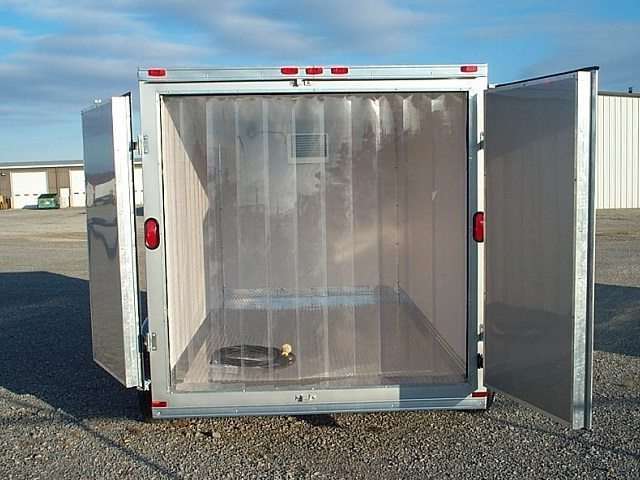
During loading operations, the sender must place and stack the cargo in a special container, the characteristics of which correspond to both the properties of the product and microclimatic indicators for the time of transportation. The packaging itself for temporary holding must be clean, free from damage and deformation. If vertical corrugations or holding bars are provided in the storage compartment, then the prepared packaging is placed close to them. At the same time, the transportation of perishable goods excludes the close placement of products directly to the walls of the vehicle. At least a distance of 4-5 cm must be maintained.
In the case of barrels, placement is made in one or more rows in a vertical position. Initially, for the installation of containers, platforms and bottoms should be provided to ensure reliable fixation of the barrels. 200 dm tanks3 and more must be installed on special linings, the thickness of which is not less than 2.5 cm. The length and width of the platforms should correspond to the diameter of the barrels themselves. In addition, each tier, in accordance with the rules, may contain only containers of a similar standard size. Installing the same type of structures in one row increases the safety and reliability of transportation, eliminating the risk of damage to containers.
Transportation by road
This type of transport is often used if you need to deliver the goods from the place of production to the point of sale. Long-distance transport of fruits and vegetables is carried out. In preparation for transportation, an agreement is drawn up between the shipper and the transport organization directly, whose fleet provides the car.This is a bill of lading, which prescribes the conditions for transportation, and information about products or raw materials. The most demanding in terms of cargo conditions are precisely the points with climatic indicators. The temperature regime is most difficult to maintain in cars, so refrigerators are often used.
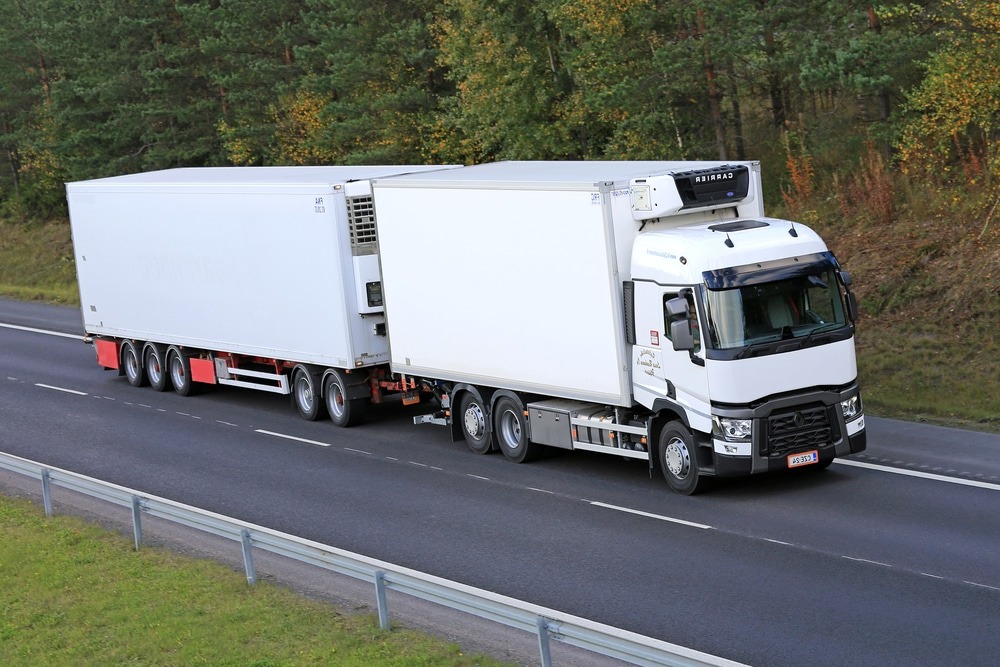
Also, the features of the transportation of perishable goods by road include the possibility of joint maintenance in one block of several types of products. For example, a truck can transport vegetables and fruits at the same time. But this does not apply to goods that belong to different groups and products that have pronounced distinctive characteristics that affect storage requirements. It is advisable to carry out combined transportation of those goods that may be contained in the same conditions - according to the temporary storage period, temperature indicators, packaging parameters, etc. Combined transportation of perishable goods by road is not allowed if the products have a pungent smell or aroma. This rule applies to fish products, smoked meats, margarine, raw yeast, onions and garlic.
Rail transportation
The use of railway infrastructure provides more opportunities to maintain the stated requirements for the maintenance of perishable products. They are indicated by the sender on the consignment note along with other recommendations for transportation. If you plan to use the refrigerator section, the owner provides an invoice for each wagon. Products sensitive to temperature influences, as well as products that are afraid of frost, should be delivered to the loading station already protected from the external environment. In the future, railway transportation of perishable goods in the same carriage with products of other groups is allowed only provided that they have the same content requirements.
If the agreed terms of transportation are observed, then redirection of goods is allowed in the following cases:
- At the primary station with the updating of transportation documents, with the exception of international shipping.
- On the routes, with the exception of departures that follow the originally agreed direct international message.
- If we are talking about export and import goods, the examination data of which indicate the safety of the cargo after the date of delivery to the new destination.
Regardless of the format of transportation and the conditions of the product, the speed of transportation of perishable goods in rail transport must comply with the indications stated in the invoice. At the same time, special high-speed modes are provided for parties in specialized refrigerated and insulated wagons, taking into account the specifics of the goods served.
Rules for carriage by air
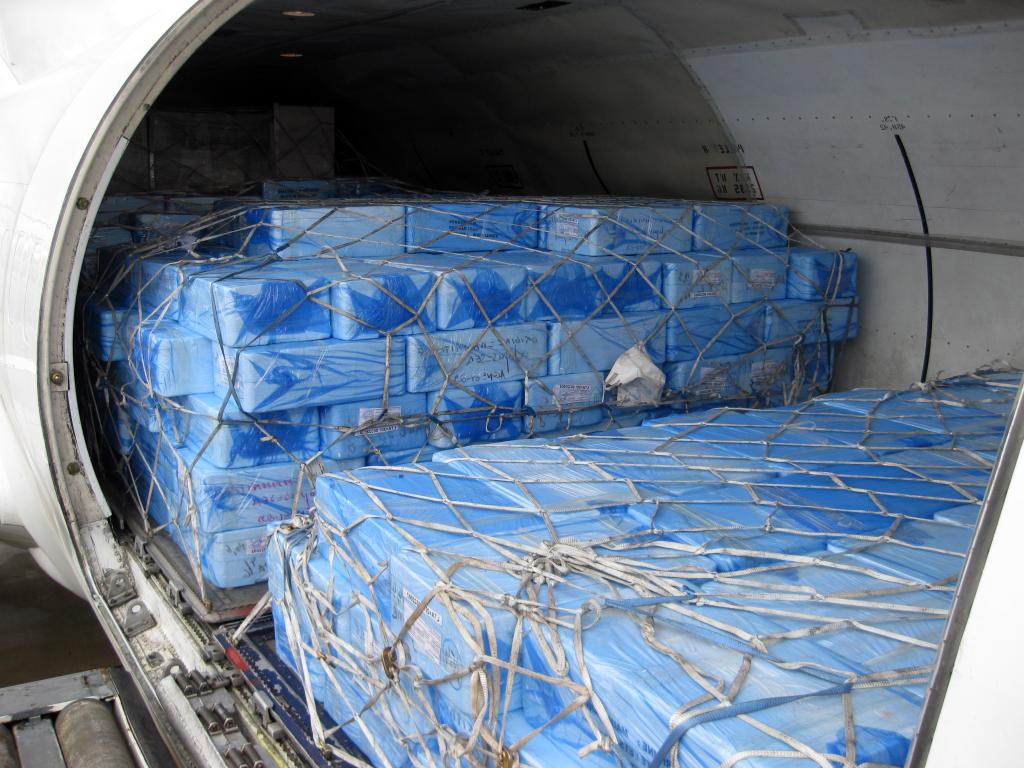
Aircraft may carry goods that do not lose their original qualities after the expiration of the period in which the contents must be delivered to their destination. At the same time, strict requirements to the conditions for organizing such transportation remain. Initially, the sender presents the entire list of necessary documents with certificates and certificates. Products of animal origin must also have veterinary examination certificates. Unlike rail transportation of perishable goods, the use of aircraft does not provide for the forwarding of flights. Only in exceptional cases is it possible to carry out one overload along the route. For fresh flowers, for example, transportation is carried out only by direct flight. As a rule, applications for delivery of plants with a live cut are sent to the carrier company 10 days before the transfer of the goods.
Again, each cargo group has its own content requirements. The same flowers should have packaging made of plywood, fiber or cardboard. The main thing is to ensure access control to the content. It is worth noting the specifics of the transportation of perishable goods by air as the most expeditious method of delivery. For this reason, not only florists use airplanes, but also fish farms. In particular, commercial fish, crayfish and fodder organisms intended for acclimatization and breeding are transported by direct special flights accompanied by flight attendants. On the other hand, passenger aircraft can accept small consignments of fruits and vegetables placed as extra loads. They are usually taken aboard in mesh bags, but with certain conditions. First, only solid fruits and vegetables are transported. Secondly, the bag itself must be durable, without tears, defects and with reliable ties.
Transportation of perishable goods by sea
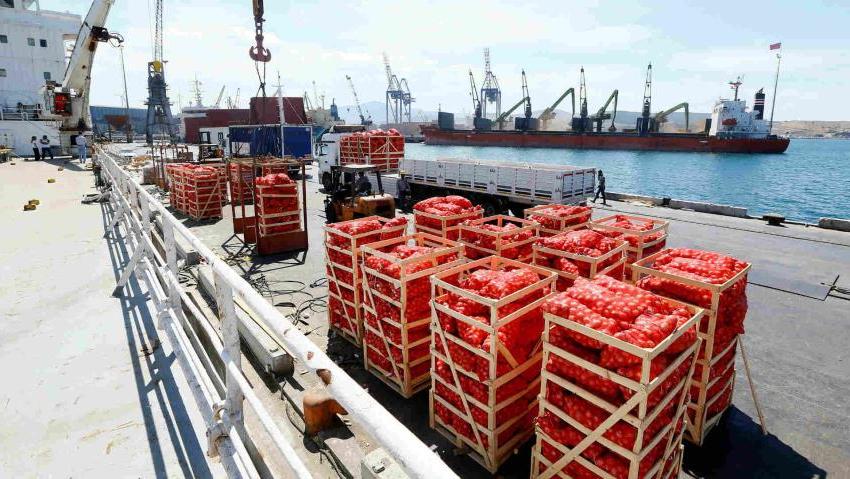
This type of transportation is the most demanding in terms of ensuring the safety of the cargo during the flight. This is due to the specifics of transport services, and with external conditions of detention. Lots are placed in special compartments in which trouble-free operation of the climatic equipment must be previously provided. The container is loaded so that a minimum of energy is expended on it and heat removal is maintained. Especially if large international shipments of perishable goods with a large number of lots (40-50) are planned, the optimization of energy resources for each loading operation will save a significant amount. In this regard, it is practiced to rationalize stacking so that air flows wash the cargo compartment with the capture of the largest area.
In the future, the maintenance staff ensures the stability of cargo fixation, which is achieved by the installation of slipways, hooks and fastening belts, eliminating the risk of tipping and moving containers. It is important not to forget that shock, vibration and pitching are inevitable factors accompanying the operation of maritime transport. Transportation of perishable goods in terms of technical organization is also distinguished by the obligatory lining of corrugated or trellised flooring. If in the case of railway and motor vehicles the main task of the platform is to provide a stable bearing base, then transportation on sea vessels should be carried out on a basis that improves the aeration of the lower cargo positions. A small gap of about 8-10 cm is also maintained between the individual stacks for the circulation of cooling air.
Features of container transportation
This method of ensuring the conditions of transportation can be used on different types of transport. The container allows for optimal temperature conditions for the preservation of perishable products, their physical protection and access control. For example, the construction of refrigerated units is made of light alloys of aluminum or steel, and in lightweight versions, from a combined frame in which glued plywood and metal elements are involved. The most durable container modifications recommend using the rules for the transport of perishable goods by road, as it is more exposed to the risks of mechanical shock.
At the same time, containers of this type should be divided according to their functional purpose. Traditional refrigeration units are provided with thick doors with locks and external temperature controllers. Internal surfaces are made of smooth steel panels, which eliminates the accumulation of condensate. There are special models of containers for meat in carcasses.For such containers additional telphers with movable hooks are provided, expanding the possibilities of transporting the container. Since the rules for the transportation of perishable goods by road indicate the need for constant monitoring of microclimatic parameters, the container’s performance management system provides for the removal of the heat regulator directly into the driver’s cabin. Organization of interaction with the electronics of the refrigeration unit is possible both wired and remote way. Also, modern refrigerators provide automatic temperature control, the correction of which is based on the receipt of data from external sensors.
Conclusion
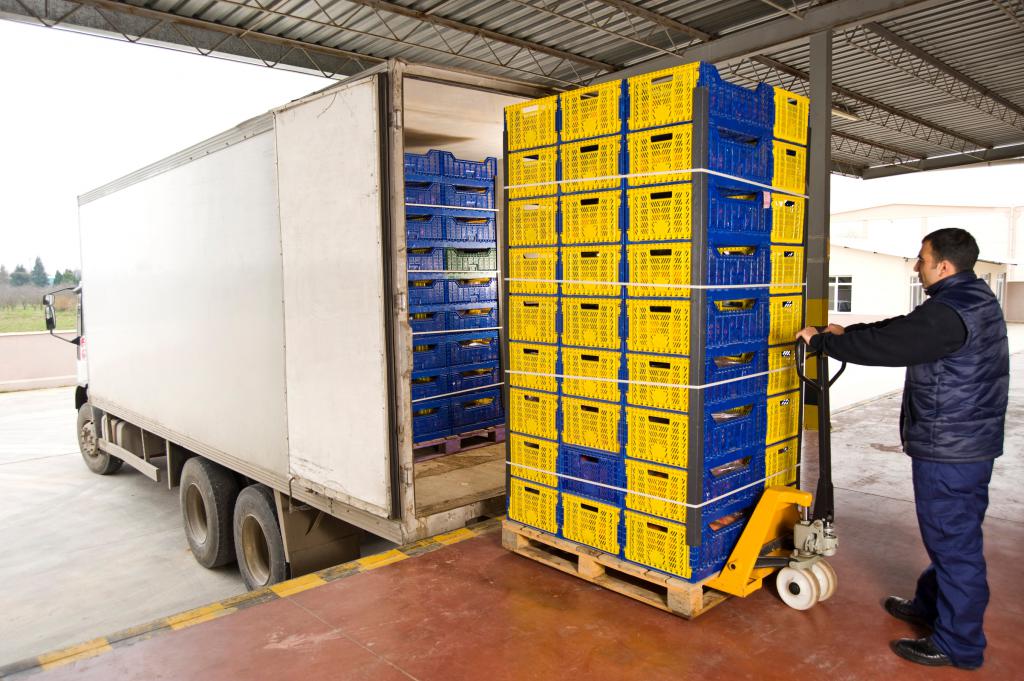
To date, the most progressive and efficient way to transport perishable products is direct mixed traffic. It is sold in water, air, rail and road transport. In each case, the organization of transportation involves the implementation of both specific and unified general procedures. For example, the preparation of certificates, certificates and certificates of examination depends only on the type of product, to which certain documents with an invoice can be attached. As for the specific nuances, for example, road transport of perishable goods is more demanding on containers and packaging. Placement of the same containers and briquettes is carried out with rigid fixation and, if necessary, with an additional device for climatic equipment. Sea and rail transport can be called the most functional in terms of organizing optimal conditions of detention. Large spaces for accommodating isothermal sections, in particular, allow reliable transport of carcasses of cattle, chilled fish and fresh plants.
At the same time, unresolved problems of transportation of perishable products that are associated with spoilage, loss, damage and shortage remain. Such damage is also minimized by modern equipment. Another thing is that not always the costs of using, for example, isothermal containers with a remote temperature control system and safety equipment, justify themselves. Their maintenance also requires additional costs. In addition to energy resources and maintenance, sometimes shippers hire entire groups of personnel to accompany technologically sophisticated equipment, which also requires considerable financial investments.
